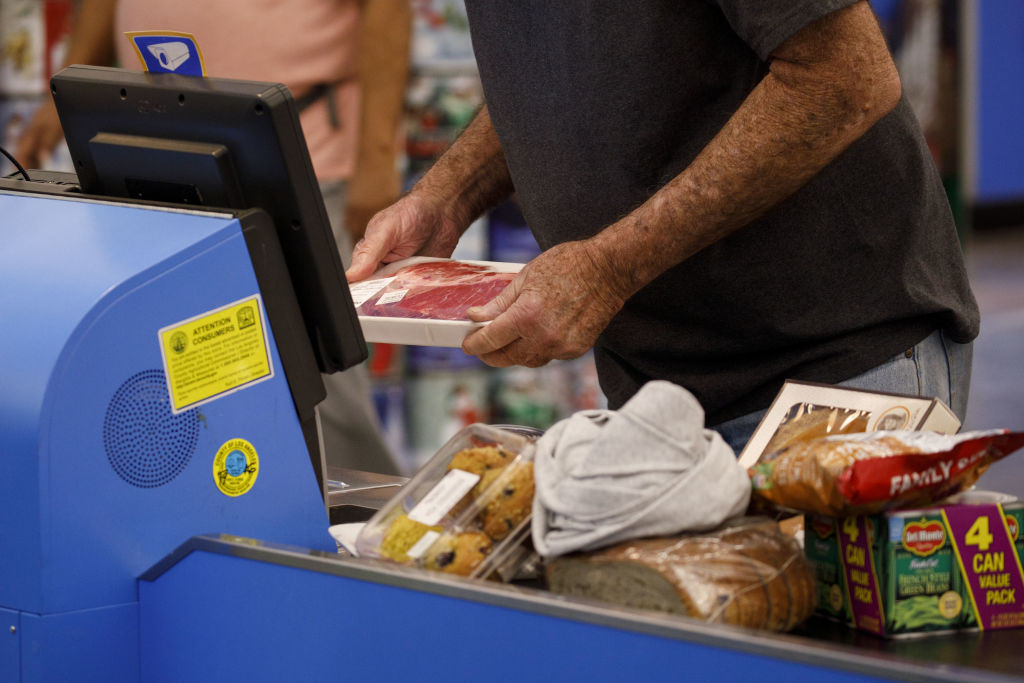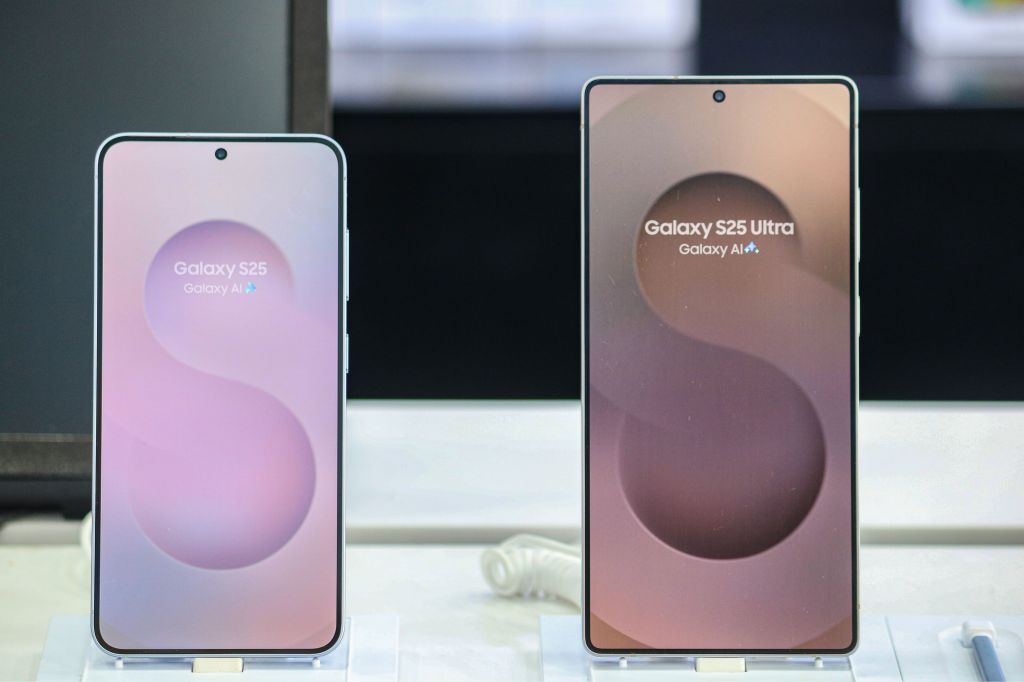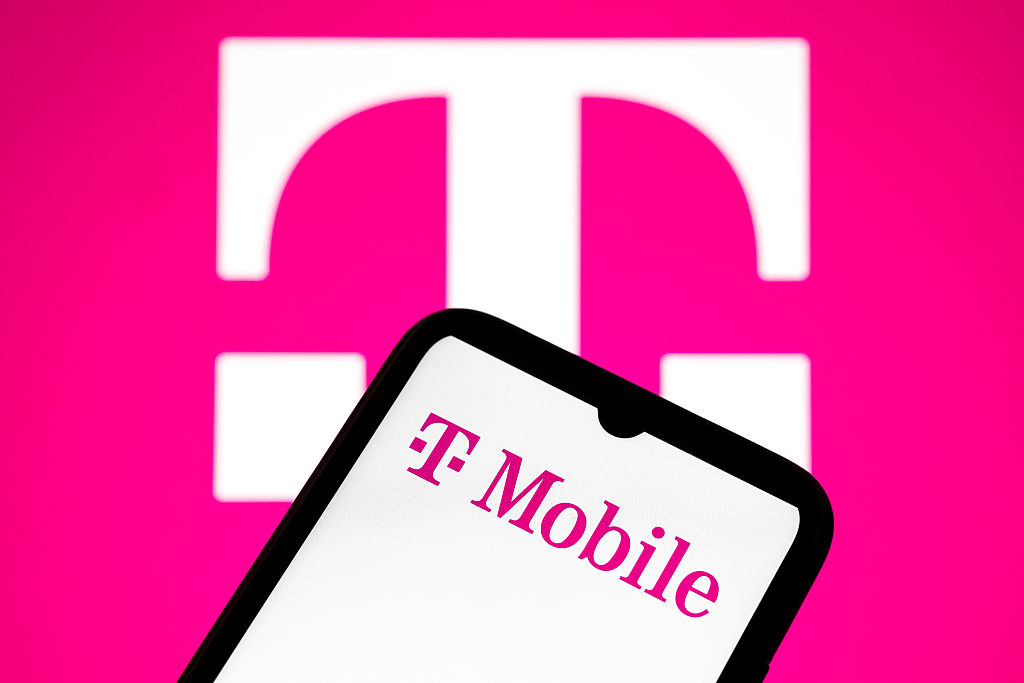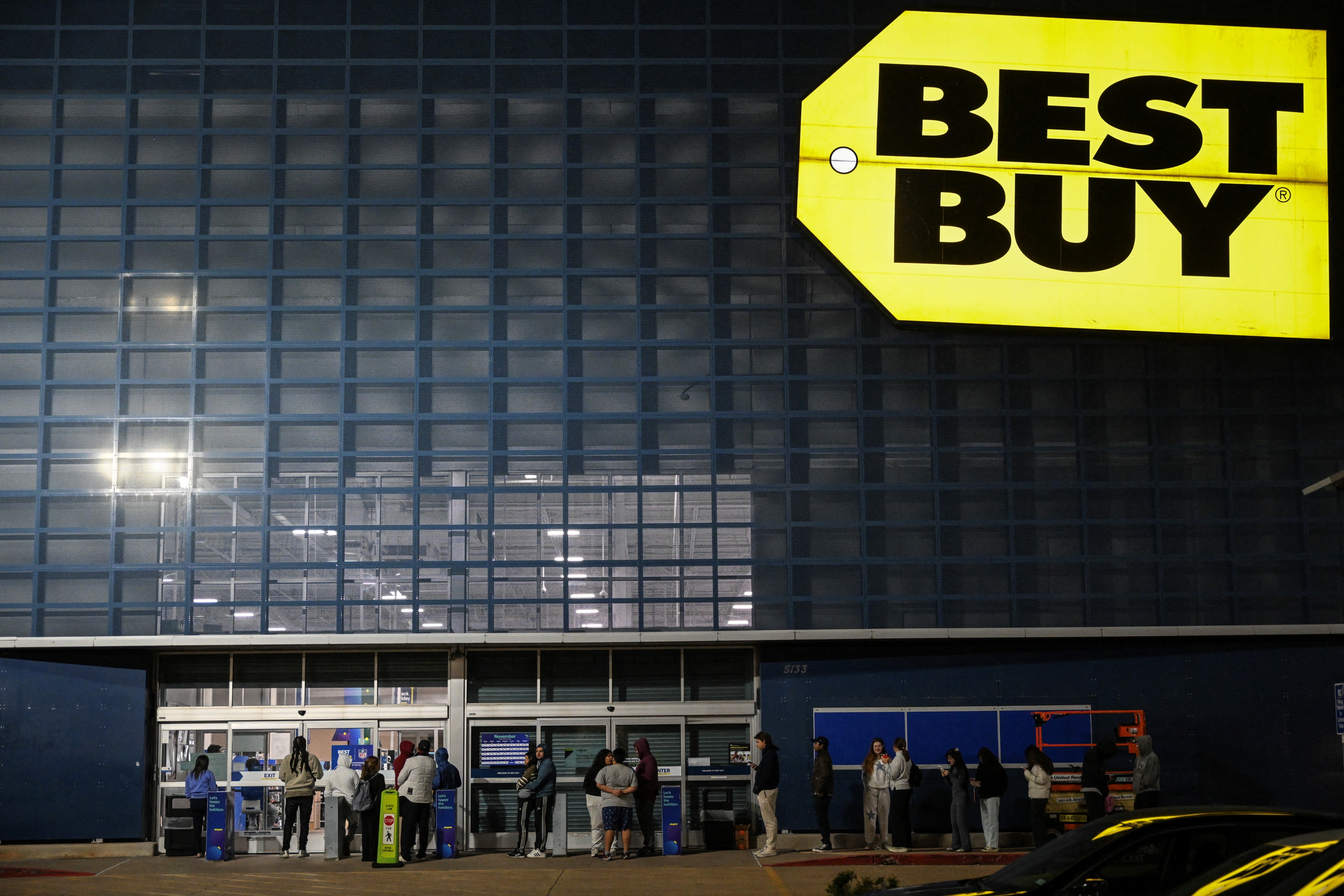Walmart Scan & Go: Does It Really Save Time?
Walmart's Scan & Go promises a faster, easier way to shop. But is it all it's cracked up to be?

Walmart is known for offering convenience and savings, but what about making the shopping process itself quicker? That’s where Walmart’s Scan & Go feature comes in.
Scan & Go is designed to streamline your in-store experience and it sounds almost too good to be true: scan items as you shop, pay in the app, and skip the checkout line.
But does it actually save time and deliver a better shopping experience? Let’s take a closer look.
From just $107.88 $24.99 for Kiplinger Personal Finance
Become a smarter, better informed investor. Subscribe from just $107.88 $24.99, plus get up to 4 Special Issues

Sign up for Kiplinger’s Free Newsletters
Profit and prosper with the best of expert advice on investing, taxes, retirement, personal finance and more - straight to your e-mail.
Profit and prosper with the best of expert advice - straight to your e-mail.
What is Walmart Scan & Go?
Walmart Scan & Go is a feature available exclusively to Walmart+ members. This means you’ll need to pay a monthly or annual fee to use it.
With Scan & Go, customers can use the Walmart app on their smartphones to scan each item as they shop, pay directly in the app, and then scan a QR code at a kiosk near the exit to complete the trip.
In theory, it lets you avoid long checkout lines and keep your trip as quick and smooth as possible.
Sign up for a free 30-day trial of Walmart Plus to get free shipping, exclusive deals, free Paramount Plus and other cool perks.
After the trial, membership renews at $12.95/month or $98/year.
How the process works
Getting started with Scan & Go is fairly straightforward:
- Download and log into the Walmart app. You’ll need an active Walmart+ membership.
- Start a Scan & Go trip. Open the app once you arrive at the store and select the Scan & Go option.
- Scan each item’s barcode. As you walk the aisles, scan each item’s barcode using your phone’s camera. Some barcodes can be tricky, so careful scanning is key.
- Checkout in the app. When you're done, pay in the app and generate a QR code.
- Show your QR code at the self-checkout kiosk. This confirms your payment and finalizes your trip.
Quick note: Walmart employees sometimes perform random audits where they’ll ask to see your receipt and a few scanned items to confirm accuracy. It’s just part of their security process.
Pros of using Scan & Go
There are definitely some appealing benefits to using Walmart Scan & Go:
- Time Savings: If you only have a few items, you can breeze through your trip without waiting in line.
- No Standing in Line: Even if it’s a busy shopping day, you’re skipping the traditional checkout experience.
- Bagging As You Go: No need to unload and reload at checkout since you’re packing up your purchases as you shop.
- Real-Time Cart Tracking: The app shows your running total as you add items, making it easier to stick to your budget.
For quick trips or quick errand runs, Scan & Go can feel like a complete game-changer.
Cons and limitations
While Scan & Go is handy, it’s not without its drawbacks:
- Walmart+ membership required: You must pay for a Walmart+ subscription since Scan & Go isn’t available for regular shoppers.
- Technology hiccups: App freezes, scanning issues, or Wi-Fi glitches can slow you down and cause frustration.
- Not ideal for big trips: If you’re buying a full cart of groceries, scanning every item, especially bulk produce or items without barcodes, can be tedious.
- Random audits: Even after you pay, there’s a chance you’ll be stopped for a manual receipt and bag check, which can feel a little awkward. Some shoppers may feel nervous or watched if audited, even when using Scan & Go correctly.
If you rely heavily on technology or prefer a quick, no-fuss shopping trip, these limitations might not be a big deal. But for others, they can impact the overall experience.
Does Scan & Go actually save time?

The time savings offered by Scan & Go really depends on how and when you shop.
For smaller or moderate shopping trips (especially during off-peak hours), Scan & Go can be a major time-saver. You skip the checkout line entirely, bag your items as you go, and get a clear view of your running total. If you're comfortable with technology and using mobile apps, you’ll likely find the process fairly intuitive from the start.
That said, there’s a learning curve at first. Scanning items, navigating the app, and remembering to check out correctly can feel a bit unfamiliar initially. But the more you use Scan & Go, the more natural it becomes. That’s when it truly starts to shine in terms of convenience and efficiency.
On the other hand, for larger grocery hauls or trips involving a lot of produce or bulk items, Scan & Go may not save much time. Manually scanning every item, dealing with barcodes that won’t register, or handling items without packaging can become tedious.
If the app lags or crashes, it can further slow down your trip. In those situations, a traditional checkout where an associate rings everything up might actually be faster and less frustrating.
Overall, Scan & Go is best suited for quick trips or medium-sized shopping runs, especially when you’re looking to get in and out of the store while avoiding long checkout lines.
Is Scan & Go right for you? A practical verdict
Walmart’s Scan & Go is a promising tool in the quest for faster, less stressful shopping.
However, it’s not a cure-all. If you tend to make large, complex, or bulk shopping runs, or if you’re technology-averse, you may hit snags that erase the time savings.
And since Scan & Go is exclusive to Walmart+ members, it probably doesn’t justify a subscription by itself unless you’ll also use other perks.
It's also only an in-store benefit, so if you do a lot of online shopping or pick-up orders, this feature won't be that helpful.
If you already have (or plan to get) Walmart+, Scan & Go is a valuable bonus feature worth trying.
You can also get a free trial of Walmart+ to try Scan & Go for yourself, along with other membership features like free delivery from your store, free shipping and fuel savings.
Related content:
Profit and prosper with the best of Kiplinger's advice on investing, taxes, retirement, personal finance and much more. Delivered daily. Enter your email in the box and click Sign Me Up.

Choncé is a personal finance freelance writer who enjoys writing about eCommerce, savings, banking, credit cards, and insurance. Having a background in journalism, she decided to dive deep into the world of content writing in 2013 after noticing many publications transitioning to digital formats. She has more than 10 years of experience writing content and graduated from Northern Illinois University.
-
 Forget FIRE: Why ‘FILE’ Is the Smarter Move for Child-Free DINKs
Forget FIRE: Why ‘FILE’ Is the Smarter Move for Child-Free DINKsHow shifting from "Retiring Early" to "Living Early" allows child-free adults to enjoy their wealth while they’re still young enough to use it.
-
 7 Tax Blunders to Avoid in Your First Year of Retirement
7 Tax Blunders to Avoid in Your First Year of RetirementA business-as-usual approach to taxes in the first year of retirement can lead to silly trip-ups that erode your nest egg. Here are seven common goofs to avoid.
-
 How to Plan for Social Security in 2026's Changing Landscape
How to Plan for Social Security in 2026's Changing LandscapeNot understanding how the upcoming changes in 2026 might affect you could put your financial security in retirement at risk. This is what you need to know.
-
 Samsung Galaxy S25 Ultra for $4.99 a Month: A Closer Look at Verizon’s Deal
Samsung Galaxy S25 Ultra for $4.99 a Month: A Closer Look at Verizon’s DealVerizon’s aggressive pricing makes Samsung’s top-tier phone tempting, but the real cost depends on your plan and how long you stay.
-
 Are T-Mobile's Prepaid Perks a Home Run or a Strikeout?
Are T-Mobile's Prepaid Perks a Home Run or a Strikeout?T-Mobile's prepaid lineup promises MLB.TV, T-Mobile Tuesdays and hotspot data. But do the perks make it worth switching?
-
 23 Last-Minute Gifts That Still Arrive Before Christmas
23 Last-Minute Gifts That Still Arrive Before ChristmasScrambling to cross those last few names off your list? Here are 23 last-minute gifts that you can still get in time for Christmas.
-
 Verizon’s 4-Line Phone Promo Offers Strong Value for Families Upgrading to Premium Devices
Verizon’s 4-Line Phone Promo Offers Strong Value for Families Upgrading to Premium DevicesFamilies can upgrade to top-tier smartphones for $25 a line with Verizon’s newest offer.
-
 Top Tech Gifts You Can Still Get Before Christmas from Walmart
Top Tech Gifts You Can Still Get Before Christmas from WalmartBig savings on Apple, Bose, HP, Vizio and more while there's still time to shop.
-
 Last-Minute Gifts for Grandkids from Walmart
Last-Minute Gifts for Grandkids from WalmartFrom PlayStations to Labubus, you'll find the hottest gifts of 2025 for your grandkids at Walmart this year. And many still arrive in time for Christmas.
-
 NordVPN’s Huge 77% Black Friday Discount Is One of the Top VPN Deals We’ve Seen This Year
NordVPN’s Huge 77% Black Friday Discount Is One of the Top VPN Deals We’ve Seen This YearSave up to 77% on NordVPN with this Black Friday deal, a practical choice for improving online security and streaming access.
-
 23 Best Buy Cyber Monday Deals That Are All 50% Off or Better
23 Best Buy Cyber Monday Deals That Are All 50% Off or BetterIn a sea of mediocre discounts, these Best Buy Cyber Monday deals slash 50% off or more on the latest tech.
